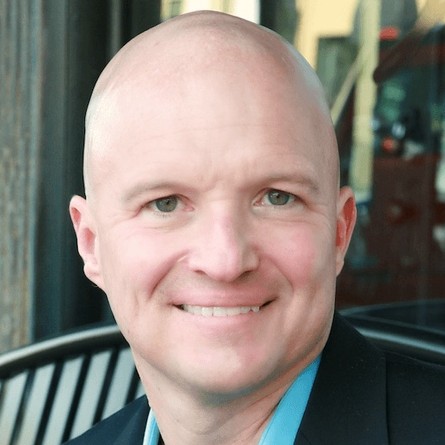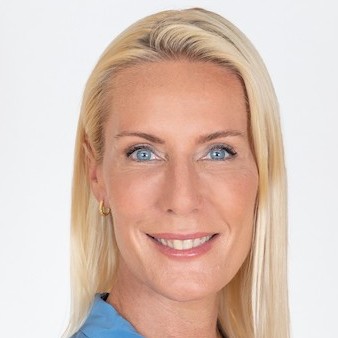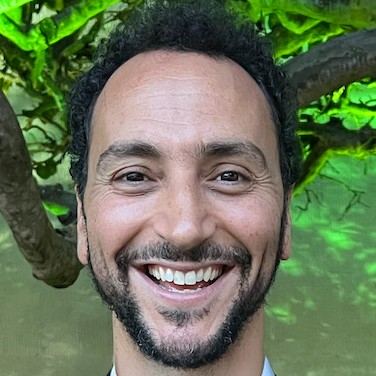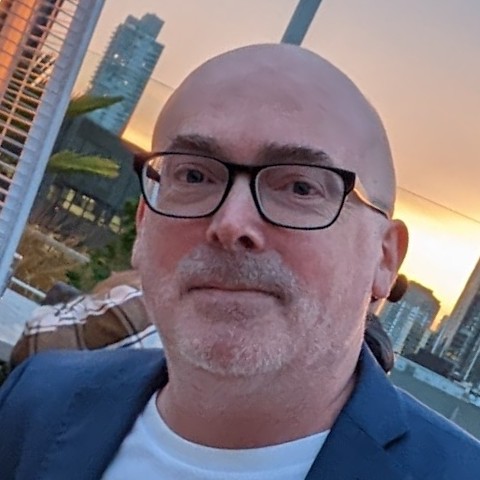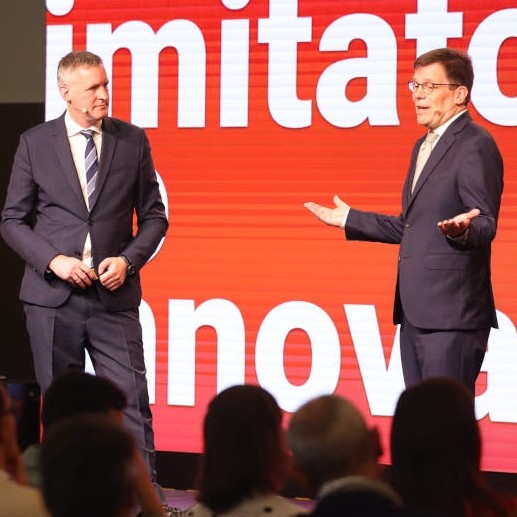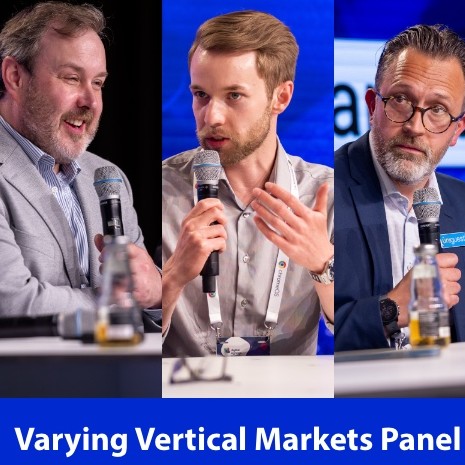Tom Mottlau, LG Healthcare
Description
The 16:9 PODCAST IS SPONSORED BY SCREENFEED – DIGITAL SIGNAGE CONTENT
The health care sector has long struck me as having environments and dynamics that would benefit a lot from using digital signage technology. Accurate information is critically important, and things change quickly and often - in ways that make paper and dry erase marker board solutions seem antiquated and silly.
But it is a tough sector to work in and crack - because of the layers of bureaucracy, tight regulations and the simple reality that medical facilities go up over several years, not months. People often talk about the digital signage solution sales cycle being something like 18 months on average. With healthcare, it can be double or triple that.
The other challenge is that it is highly specialized and there are well-established companies referred to as patient engagement providers. So any digital signage software or solutions company thinking about going after health care business will be competing with companies that already know the industry and its technologies, like medical records, and have very established ties.
LG has been active in the healthcare sector for decades, and sells specific displays and a platform used by patient engagement providers that the electronics giant has as business partners. I had a really insightful chat with Tom Mottlau, LG's director of healthcare sales.
Subscribe from wherever you pick up new podcasts.
TRANSCRIPT
David: Tom, thank you for joining me. Can you give me a rundown of what your role is at LG?
Tom Mottlau: I am the Director of Healthcare Sales for LG. I've been in this role for some time now; I joined the company in 1999 and have been selling quite a bit into the patient room for some time.
David: Has most of your focus through those years all been on healthcare?
Tom Mottlau: Well, actually, when I started, I was a trainer when we were going through the digital rollout when we were bringing high-definition television into living rooms. My house was actually the beta site for WXIA for a time there until we got our language codes right. But soon after, I moved over to the commercial side and healthcare, around 2001-2002.
David: Oh, wow. So yeah, you've been at it a long time then. Much has changed!
Tom Mottlau: Yes, sir.
David: And I guess in some cases, nothing has changed.
Tom Mottlau: Yep.
David: Healthcare is an interesting vertical market for me because it seems so opportune, but I tend to think it's both terrifying and very grinding in that they're quite often very large institutions, sometimes government-associated or university-associated, and very few things happen quickly. Is that a fair assessment?
Tom Mottlau: Absolutely. There's a lot of oversight in the patient room. It's a very litigation-rich environment, and so there's a bit of bureaucracy to cut through to make sure that you're bringing in something that's both safe for patients and protects their privacy but also performs a useful function.
David: I guess the other big challenge is the build-time. You can get word of an opportunity for a medical center that's going up in a particular city, and realistically, it's probably 5-7 years out before it actually opens its doors, right?
Tom Mottlau: That’s true. Not only that but very often, capital projects go through a gestation period that can be a year or two from the time you actually start talking about the opportunity.
David: And when it comes to patient engagement displays and related displays around the patient care areas, is that something that engineers and architects scheme in early on, or is it something that we start talking about 3-4 years into the design and build process?
Tom Mottlau: Well, the part that's schemed in is often what size displays we're going to need. So, for example, if somebody is looking to deploy maybe a two-screen approach or a large-format approach, that's the type of thing that is discussed early on, but then when they come up on trying to decide between the patient engagement providers in the market, they do their full assessment at that time because things evolve and also needs change in that whole period that may take a couple of years you may go as we did from an environment that absolutely wanted no cameras to an environment that kind of wanted cameras after COVID.
You know, so things change. So they're constantly having those discussions.
David: Why switch to wanting cameras because of COVID?
Tom Mottlau: Really, because the hospitals were locked down. You couldn't go in and see your loved one. There was a thought that if we could limit the in-person contact, maybe we could save lives, and so there was a lot of thought around using technology to overcome the challenges of contagion, and so there was even funding dedicated towards it and a number of companies focused on it
David: That's interesting because I wondered whether, in the healthcare sector, business opportunities just flat dried up because the organizations were so focused on dealing with COVID or whether it actually opened up new opportunities or diverted budgets to things that maybe weren't thought about before, like video?
Tom Mottlau: True, I mean, the video focus was definitely because of COVID, but then again, you had facilities where all of their outpatient procedures had dried up. So they were strained from a budget standpoint, and so they had to be very picky about where they spent their dollars.
Now the equipment is in the patient room, but at the end of the day, we're still going to get the same flow of patients. People don't choose when to be sick. If it's gonna be either the same or higher because of those with COVID, so they still need to supply those rooms with displays, even though they were going through a crisis, they still had to budget and still had to go through their day-to-day buying of that product.
David: Is this a specialty application and solution as opposed to something that a more generic digital signage, proAV company could offer? My gut tells me that in order to be successful, you really need to know the healthcare environment.
You can't just say, we've got these screens, we've got the software, what do you need?
Tom Mottlau: Yeah, that's a very good question. Everything we do on our end is driven by VOC (voice of customer). We partner with the top patient engagement providers in the country. There are a handful that are what we call tier one. We actually provide them with products that they vet out before we go into production.
We go to them to ask them, what do you need? What products do you need for that patient? I mean, and that's where the patient engagement boards, the idea of patient engagement boards came from was we had to provide them a display that met, at the time, 60065 UL, which is now 62368-1, so that they can meet NFPA 99 fire code.
David: I love it when you talk dirty.
Tom Mottlau: Yeah, there's a lot of stuff out there that.
David: What the hell is he talking about?
Tom Mottlau: Yeah, I know enough to be dangerous. Basically, what it boils down to is we want to make sure that our products are vetted by a third party. UL is considered a respectable testing agency, and that's why you find most electronics are vetted by them and so they test them in the patient room. It's a high-oxygen environment with folks who are debilitated and life-sustaining equipment so the product has to be tested.
We knew that we had to provide a product for our SIs that would meet those specs as well as other specs that they had like they wanted something that could be POE-powered because it takes an act of Congress to add a 110-amp outlet to a patient room. It's just a lot of bureaucracy for that. So we decided to roll out two units: one of 32, which is POE, and one that's 43. Taking all those things I just mentioned into consideration, as well as things like lighting.
Folks didn't want a big night light so we had to spend a little extra attention on the ambient light sensor and that type of thing. This is our first offering.
David: So for doofuses like me who don't spend a lot of time thinking about underwriter lab, certifications, and so on, just about any monitor, well, I assume any monitor that is marketed by credible companies in North America is UL-certified, but these are different grades of UL, I'm guessing?
Tom Mottlau: They are. Going back in the day of CRTs, if you take it all the way back then when you put a product into a room that has a high-powered cathode ray tube and there's oxygen floating around, safety is always of concern. So, going way back, probably driven by product liability and that type of thing. We all wanted to produce a safe product, and that's why we turned to those companies. The way that works is we design a product, we throw it over to them, and they come back and say, okay, this is great, but you got to change this, and this could be anything.
And then we go back and forth until we arrive at a product that's safe for that environment, with that low level of oxygen, with everything else into consideration in that room.
David: Is it different when you get out into the hallways and the nursing stations and so on? Do you still need that level, like within a certain proximity of oxygen or other gases, do you need to have that?
Tom Mottlau: It depends on the facility's tolerance because there is no federal law per se, and it could vary based on how they feel about it. I know that

